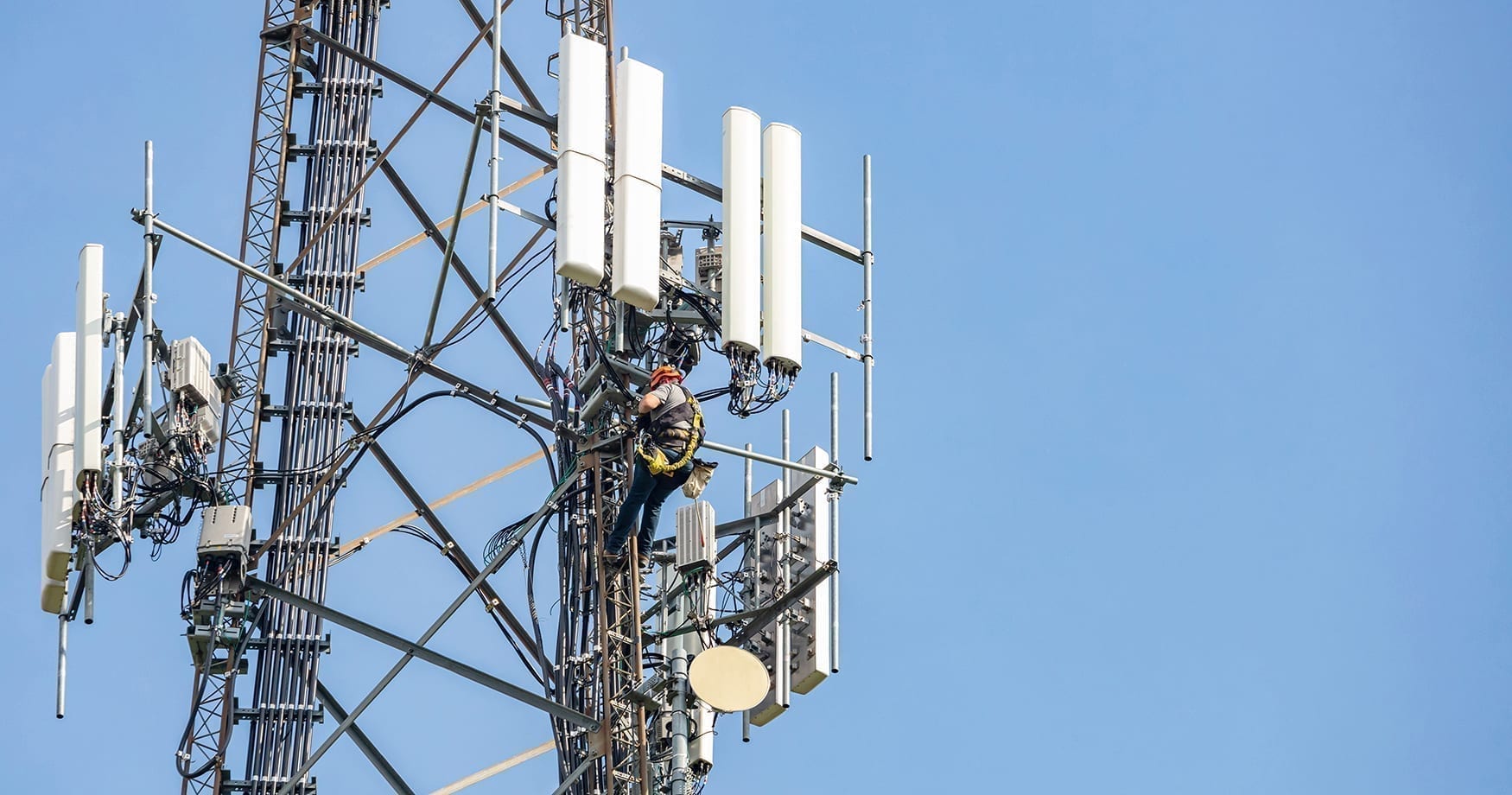 This blog post is drafted in partnership with SureCall.
This blog post is drafted in partnership with SureCall.
With nearly half of the U.S. population working from home, staying connected is more important than ever. If you have experienced a recent increase in dropped calls or reduced connectivity, you might think this is related to strained cellular towers. According to SureCall, many factors can impact cell reception including distance from cell towers, interfering building/construction materials, topography and bouncing signals. Many might think the first step to solving this issue is to change providers. This can be costly and time consuming. Another solution could be the use of a call booster.
How Cell Towers Work
A cell phone essentially works as a two-way radio. When you make a call, your phone converts your voice to send an electrical transmission to the nearest cell tower. The network towers relay this information to your call recipient’s nearest tower which converts that information and sends it to your recipient’s phone. If at any time you have weak or no signal the communication may be lost. While there are many cell towers across the U.S., not all cell towers are created equal. If the cell tower nearest does not have transceivers compatible with your provider, you may not have a signal.
How Cell Signal Boosters Work
Cell signal boosters have a powerful antenna that pulls signal from your nearest cell tower to your location, amplifies it and rebroadcasts it into your home, office or vehicle. They are not associated with a specific carrier – so they will work for all phones and all carrier.
Types of Cell Signal Boosters
Several types of cell signal boosters are available to ensure you have the connection when you need it most. SureCall offers permanent solutions that can be installed in your home or office to ensure your employees stay connected. They also offer mobile boosters, which ensure your employees on the road, especially in rural areas and dead zones, always maintain a strong connection.
- Home and Office Boosters improve cell signal inside the building. They capture signal using an outside antenna, the cell booster strengthens the signal and distributes it inside the building. Office boosters offer additional range covering up to 500,000 square feet. Factors to consider when choosing a home or office booster include size of the building, signal strength outside the home, density and number of walls in the home and number of users. One thing you don’t have to consider is the carrier, as SureCall solutions boost signal regardless of network.
- Mobile Boosters can be used in cars, trucks, vans, RVs or even boats to boost cell signal when on the go. Like home and office boosters, mobile boosters capture the signal outside of the vehicle, strengthen the signal and redistribute it inside the vehicle to one or multiple devices. When selecting a mobile booster some factors to consider are type of vehicle, strength of outside signal and number of users.
- Mobile boosters can also be fitted with a battery attachment and placed at a remote location. For example, if you have a switch that is controlled with your phone, the mobile booster can provide improved reception for that switch.
Border States works with the leading manufacturer of signal boosters, SureCall, who offers a wide range of easy to install products with a 3-year warranty on all products. To identify if one of their solutions may be right for you, check out a few of SureCall’s case studies on how signal boosters have helped others stay connected and improve the way they do business.
For additional information about SureCall products and if a signal booster would help improve your business, reach out to Samantha Jacobson (sjacobson@borderstates.com) or Daniel Lech (dlech@borderstates.com).